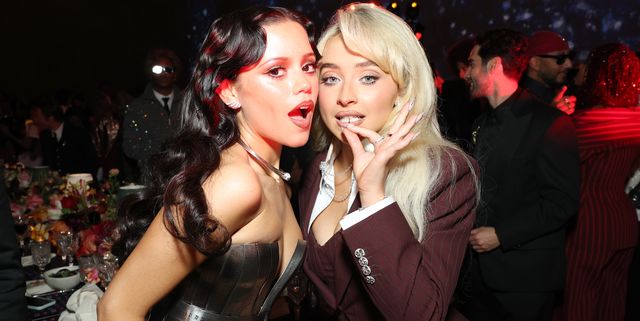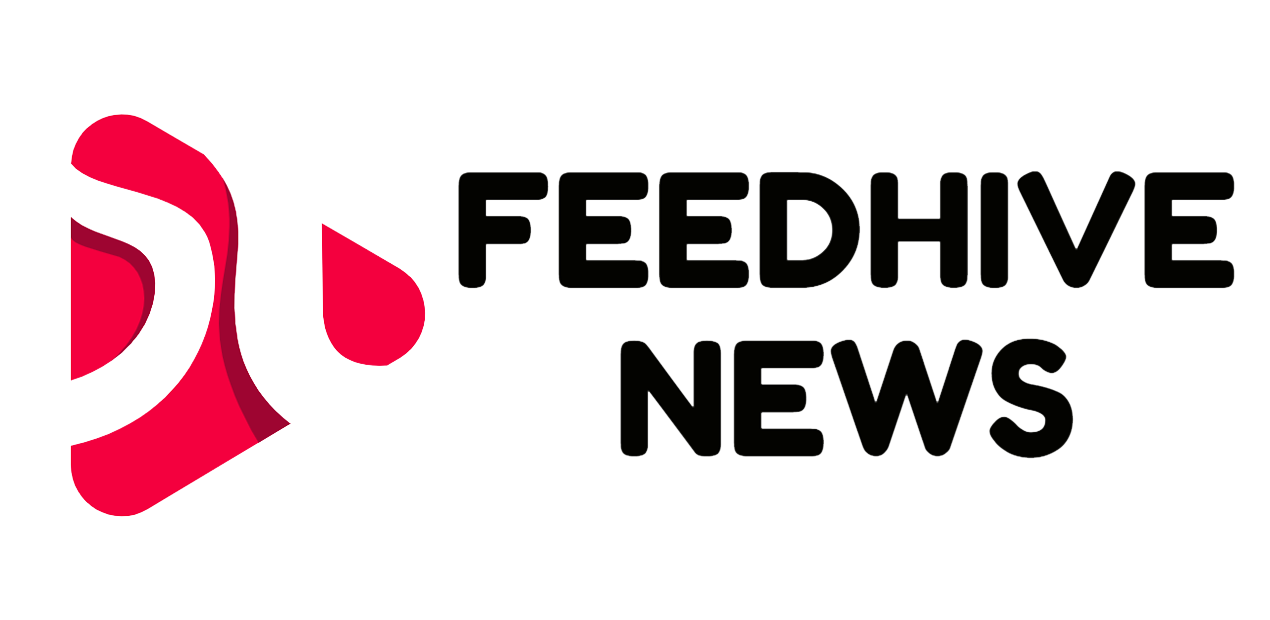The Met Gala's Dirty Little Secret: The Real Price of Star-Studded Glamour

The Met Gala, fashion's most glamorous night, is getting even more exclusive—and expensive. This year's ticket prices have skyrocketed, creating a stark divide between Hollywood's elite and those hoping to catch a glimpse of the star-studded event.
Traditionally a fundraiser for the Metropolitan Museum of Art's Costume Institute, the gala has become increasingly prohibitive. Tickets now reportedly cost upwards of $75,000 per person, with tables fetching a staggering $350,000. This astronomical price tag means only the wealthiest celebrities, designers, and corporate executives can secure a coveted invitation.
Major fashion houses and billionaire entrepreneurs are absorbing most of these costs, using the event as a high-profile networking and branding opportunity. Brands like Vogue, Chanel, and luxury conglomerates are willing to shell out massive amounts to ensure their presence at this iconic cultural moment.
For most aspiring attendees, the Met Gala remains an unattainable dream—a glittering, velvet-roped affair that symbolizes the ultimate intersection of wealth, fashion, and celebrity. As prices continue to climb, the event becomes less about artistic expression and more about exclusive access.
While critics argue that the escalating costs undermine the gala's original philanthropic mission, organizers maintain that the high-ticket prices directly support the museum's costume and fashion exhibitions.
One thing is certain: the Met Gala remains the most anticipated and inaccessible fashion event of the year, where only the most privileged can walk the legendary red carpet.
